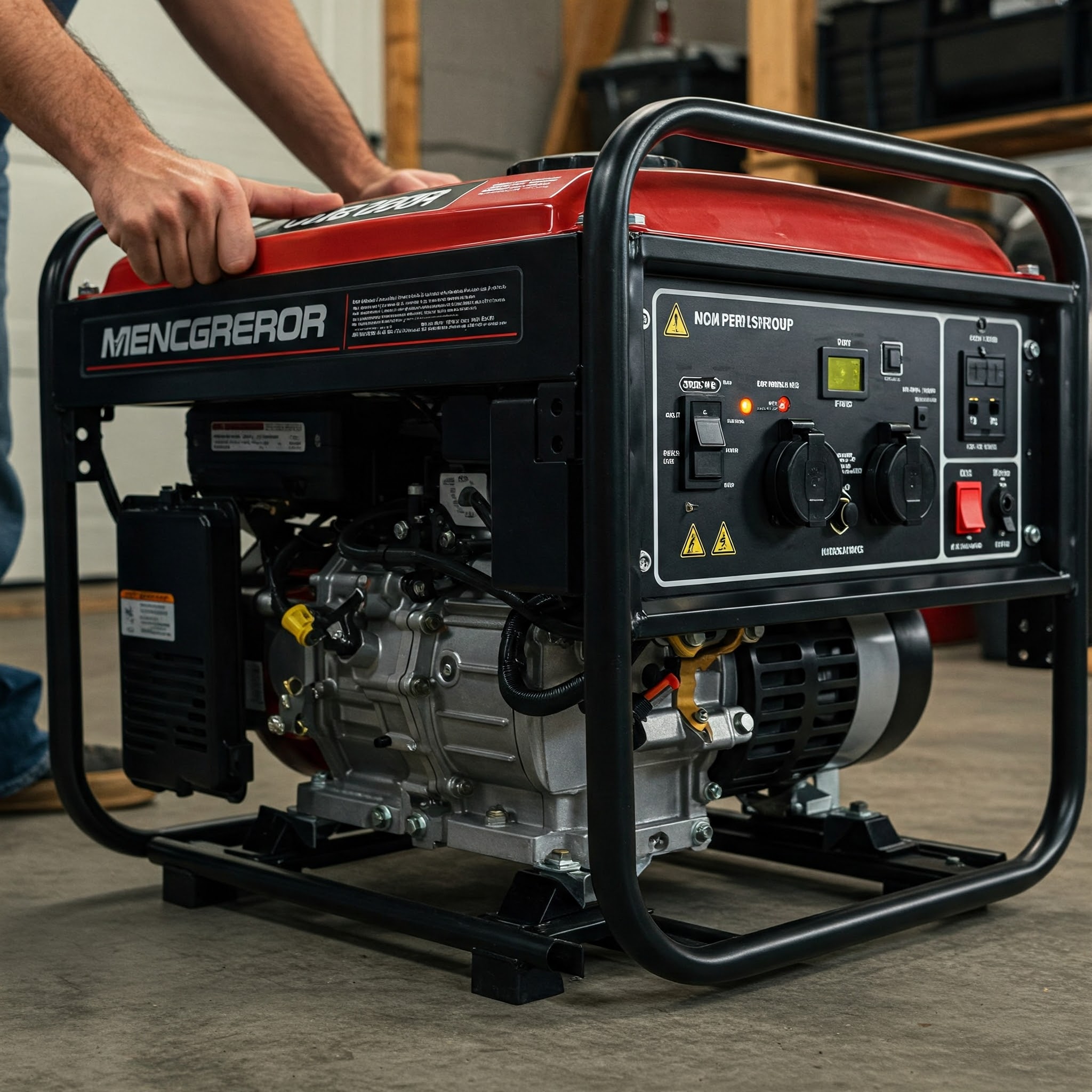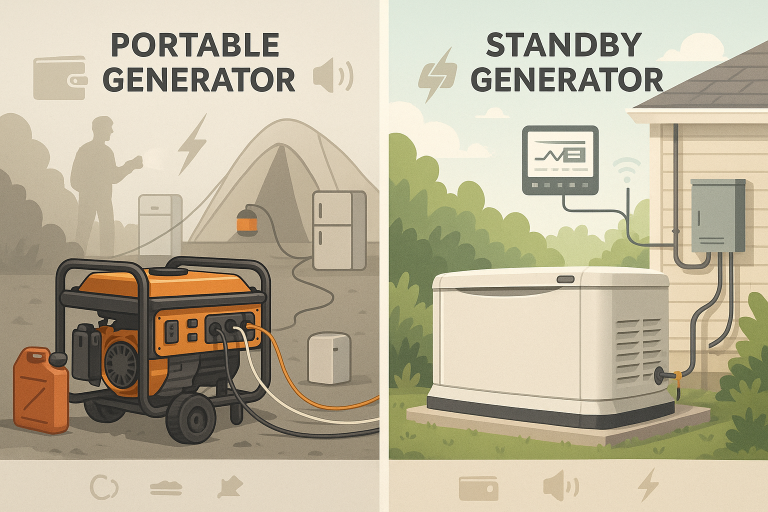What is the typical amperage output of a portable generator?
The typical amperage output of a portable generator can vary depending on the specific model and its intended use. However, portable generators typically have an output range of around 2,000 to 8,000 watts or 2 to 8 kilowatts.
This equates to an amperage output of around 16.6 to 66.6 amps. It’s important to note that portable generator output is measured in watts, and an amperage is a unit of electric current. The amperage output of a generator can be calculated by dividing the generator’s wattage output by the voltage at which it operates.
When it comes to portable generators, one of the most important factors to consider is the amperage output. The amperage output, measured in amps, determine how much power a generator can produce and how many appliances and tools it can run simultaneously. So, what is the typical amperage output of a portable generator?
The answer is: it depends. The typical amperage output can vary greatly depending on the specific model and its intended use. However, there are some general ranges that can give you an idea of what to expect.
Small and Mid-Sized Portable Generators
For small and mid-sized portable generators, the typical amperage output ranges from 2,000 to 4,000 watts, or 2 to 4 kilowatts. This equates to an amperage output of around 16.6 to 33.3 amps. These generators are perfect for powering small appliances, tools, and lights, and are often used for camping, tailgating, and other outdoor activities.
Large Portable Generators
If you need to power more heavy-duty appliances and tools, such as a refrigerator, a furnace, or a well pump, you’ll need a large portable generator. These generators typically have an output range of around 4,000 to 8,000 watts or 4 to 8 kilowatts. This equates to an amperage output of around 33.3 to 66.6 amps. Large portable generators are often used for backup power during power outages, as well as for construction sites and other industrial applications.
Calculating Amperage Output
It’s important to note that portable generator output is measured in watts, and amperage is a unit of electric current. The amperage output of a generator can be calculated by dividing the generator’s wattage output by the voltage at which it operates. For example, if a generator has an output of 4,000 watts and it operates at 120 volts, the amperage output would be 33.3 amps (4,000 watts / 120 volts = 33.3 amps).
Powering Appliances and Tools
When choosing a portable generator, it’s important to consider the specific appliances and tools you’ll be powering. Each appliance or tool has a specific wattage requirement, and you’ll need to make sure the generator can produce enough power to run them all simultaneously. For example, a refrigerator might require 800 watts, a well pump might require 1,500 watts, and a furnace might require 4,000 watts. If you add up the wattage requirements of all the appliances and tools you’ll be running, you’ll have a good idea of the minimum amperage output you’ll need.
Conclusion
The typical amperage output of a portable generator can vary greatly depending on the specific model and its intended use. Small and mid-sized portable generators typically have an output range of around 2,000 to 4,000 watts, or 2 to 4 kilowatts, equating to an amperage output of around 16.6 to 33.3 amps. Large portable generators typically have an output range of around 4,000 to 8,000 watts, or 4 to 8 kilowatts, equating to an amperage output of around 33.3 to 66.6 amps.


